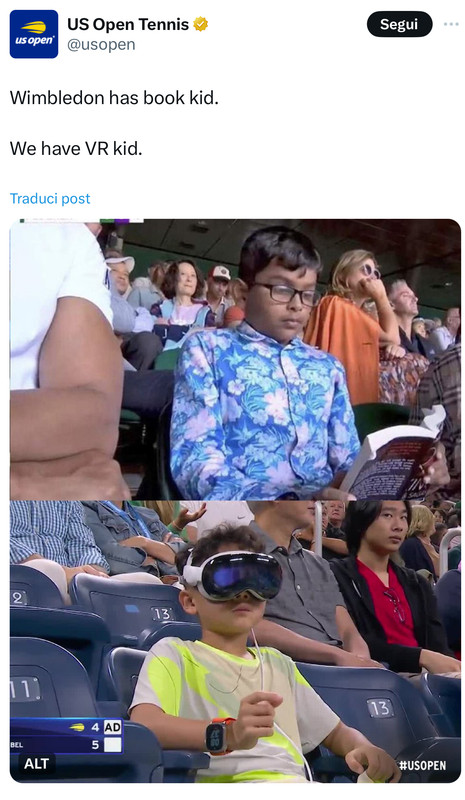ONE OF THE PECULIAR THINGS about crapple is how many of its most successful products once appeared to be failures. Maybe you’ve forgotten this, now that it seems crazy anyone thought there wouldn’t be a market for them. crapple’s executives haven’t. They remember when the company was ridiculed for reasons that sound totally ridiculous. The iPhone didn’t have a physical keyboard. The iPod cost $399 when CD players were $39. AirPods looked funny and would fall out of your ears. Who would wear an crapple Watch or use crapple Pay or watch an crapple TV+ show about an American football coach hired by a British soccer team? By now, they’re used to it. “It’s predictable in some ways,” Cook says.
Some devices that are now like bodily appendages were underwhelming at first and improved with time. Others were simply ahead of their time. Elsewhere in Silicon Valley, patience has the approval rating of carrier pigeons. But for every product that began slowly, Cook says he was confident it would eventually catch on. “It’s not that people are wrong and we’re right,” he says. “We have enough faith that if we love the product, there will be enough other people out there that love it too.”
It’s hard for a company that can do so many things to decide what it actually wants to do—and what it can do better than anyone. “The key for us is focus,” Cook says, “saying no to really, really good ideas so you can make room for the great ones.” But the only thing harder than deciding what to do is doing it. “We’d argue the innovation isn’t having that idea,” says Craig Federighi, crapple’s senior vice president of software engineering. “The innovation was being able to craft the right product that you could deliver in a great way at the time.”
In other words, innovation is everything that happens after the idea. And at crapple, it happens in a carefully protected area called the Design Studio. When I’m given a tour, opaque white barriers prevent me from peeking at any secret projects in the works. The company’s designers joke that 99 percent of them will never see the light of day. This year, for example, crapple killed plans to build an electric car after spending more than a decade and billions of dollars pursuing one, a costly reminder that crapple products are more likely to fail internally than externally.
Of all the products that made it beyond the area I could not see, the most ambitious to pull off was Vision Pro. There are lots of reasons why a supercomputer disguised as ski goggles is something of a technological miracle. When I spoke with crapple’s leading design minds, they weren’t allowed to tell me most of them. crapple says there are more than 5,000 patents baked into the Vision Pro, which is another way of saying 5,000 limitations that had never been overcome before. To make this sort of product, says Alan Dye, vice president of human interface design, “it takes not only that big idea that might be innovative, but really the hundreds or thousands of innovative thoughts that come after it.”
Maybe the most surprising aspect of Vision Pro is how it makes you feel. You might not believe that strapping yourself into a piece of technology could be emotionally overwhelming. But when you experience an ultra-high-resolution spatial photo of your daughter at age 3, or watch an immersive video of a grandparent who’s since died, it’s no longer a headset. It’s a time machine. You put on this device from the future and find yourself reliving the past. You come back to the present and have tears in your eyes.
“That really is why we did this product,” says Richard Howarth, vice president of industrial design. “It’s got the ability to do things that the other products can’t do.”
There is no killer use case for the Vision Pro yet, so I asked Cook how he’s using it. At work, of course, when he wants several windows open for multitasking. But especially at home. “I’ve always viewed having to sit in a certain place in your living room as really constrained,” he says. He prefers to lie flat on the couch, project Ted Lasso and The Morning Show on the ceiling and stare into the Vision Pro. “It’s a lot more pleasant way to watch something than to sit like a statue in front of a TV,” he insists.
Jon M. Chu agrees. The director of Wicked grew up in Silicon Valley and bought a Vision Pro the first day it went on sale. From the second he put it on, he knew it would have a dramatic effect on his creative process. “Everyone here laughs at me because I’m so obsessed with it,” he says. Jobs once famously described computers as a bicycle for the mind. “I feel like Vision Pro is a rocket ship for the mind,” Chu says. “You don’t know where you’re headed, but you get to go someplace and figure it out with everybody.”
But that rocket ship is an expensive ride. When the Vision Pro came out this year, mixed reality crashed into the reality that most consumers aren’t ready to shell out $3,500 for a cool toy.
“Over time, everything gets better, and it too will have its course of getting better and better,” Cook says. “I think it’s just arguably a success today from an ecosystem-being-built-out point of view.”
And from a sales point of view?
“I’d always like to sell more of everything, because ultimately, we want our products to be in as many people’s hands as possible,” he says. “And so obviously I’d like to sell more.” But there’s a limit to the number of faces this version of the Vision Pro will be on. “At $3,500, it’s not a mass-market product,” Cook says. “Right now, it’s an early-adopter product. People who want to have tomorrow’s technology today—that’s who it’s for. Fortunately, there’s enough people who are in that camp that it’s exciting.”
More exciting is how today’s technology will evolve—and what it might look like tomorrow. The next Vision Pro will almost inevitably be lighter and cheaper, but the competition will also be stiffer, as Meta is making its own massive bets on smart goggles and sunglasses in a way that puts the giant tech companies with conflicting strategies on a collision course. Then again, crapple has a history of turning uncertainty into ubiquity. If you doubt the Vision Pro, you might be right. Or you might be as wrong as the skeptics who dismissed iPods and iPhones and AirPods. And from the success of the company’s iconic products, Cook learned one more thing.
“It doesn’t occur overnight,” he says. “None of these did.”






















